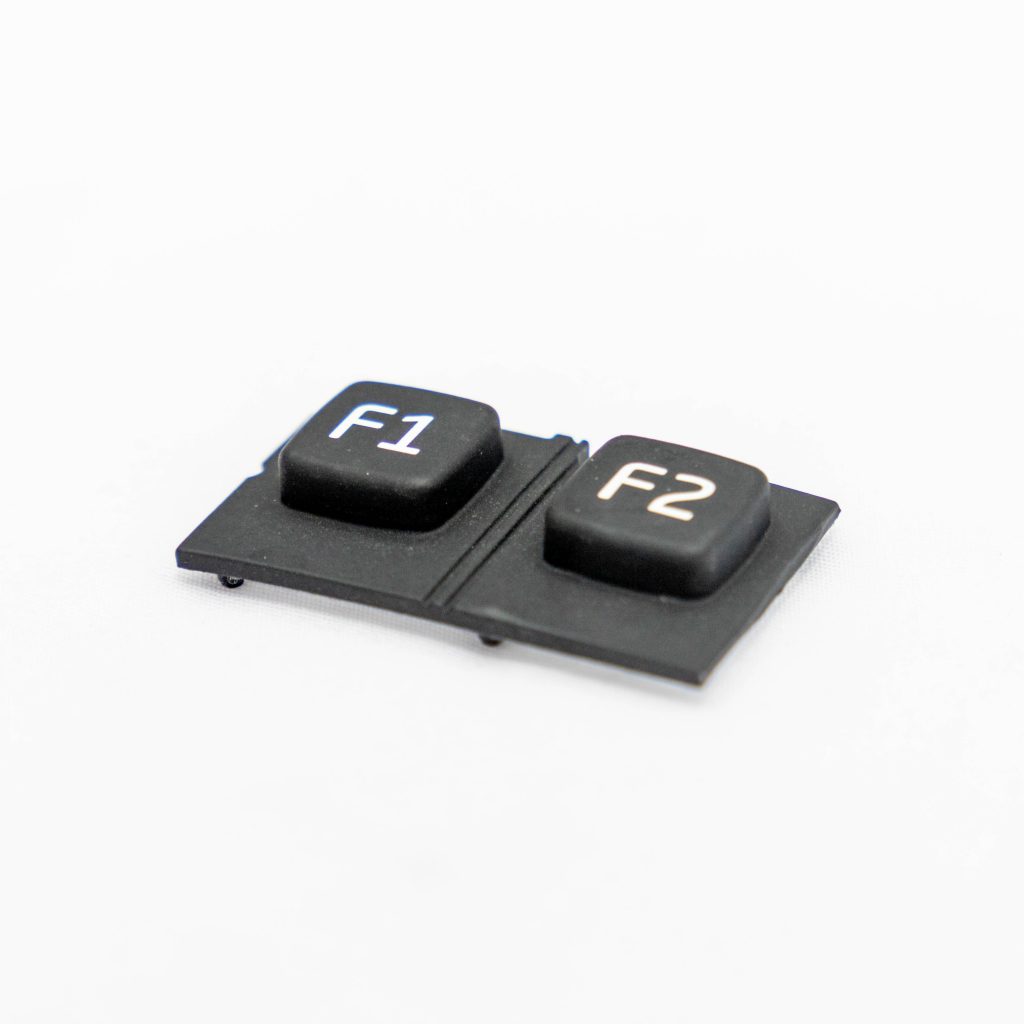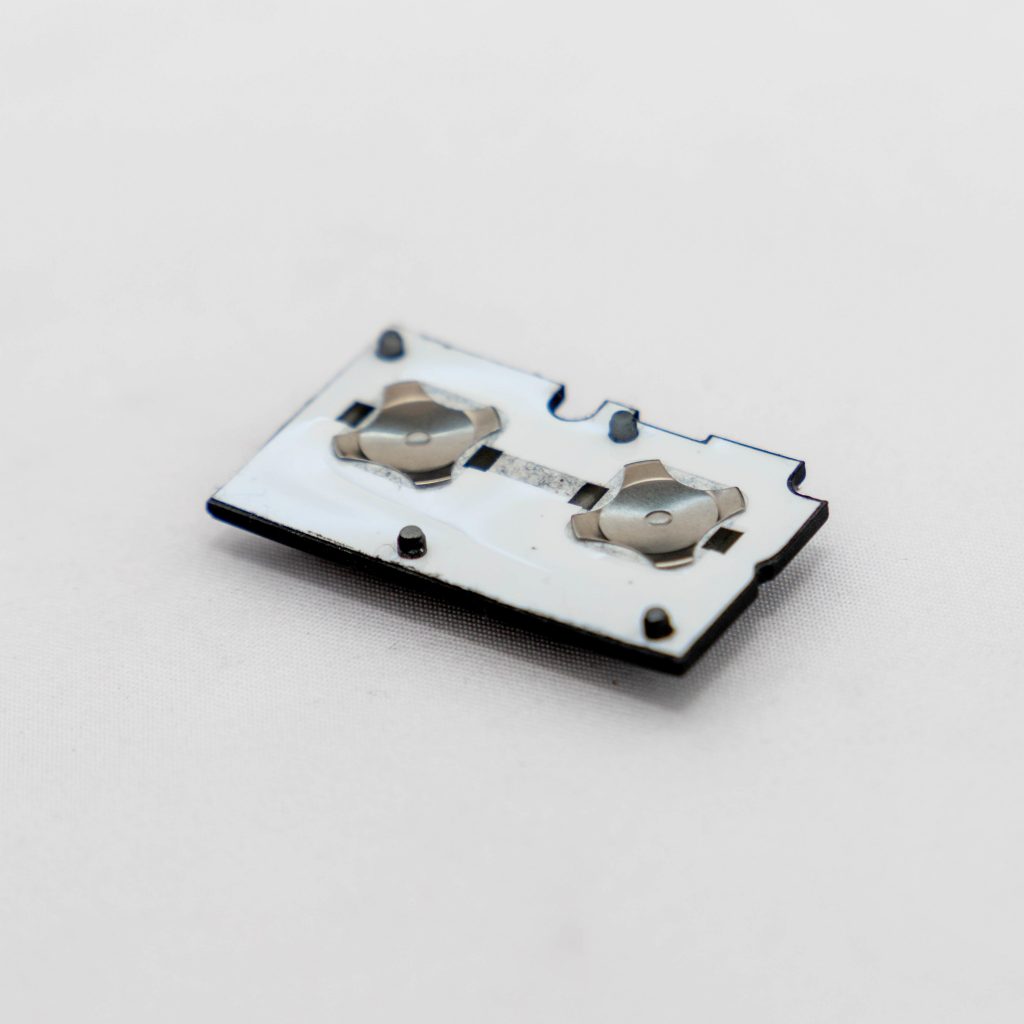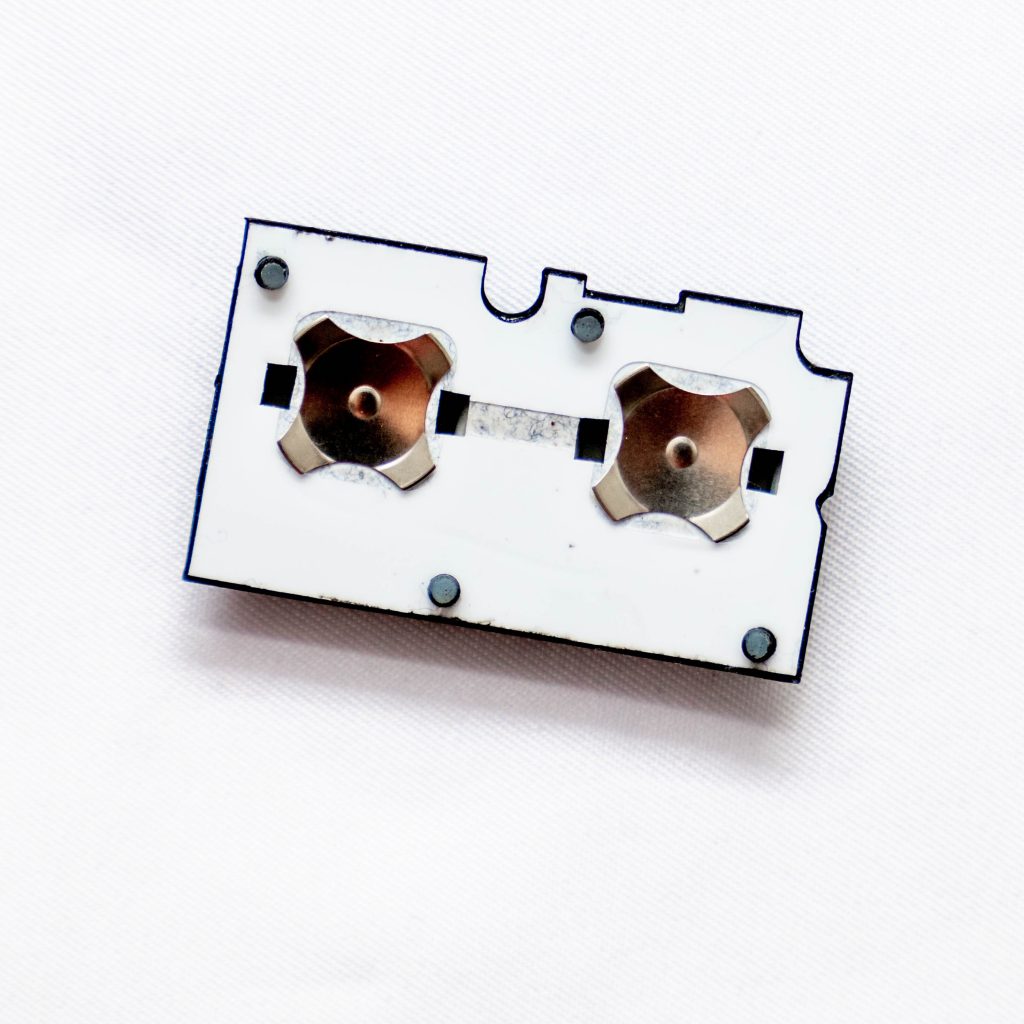Contact
Write to Us And We Would Be Happy to Advise You.
Do you have any questions, or would you like to speak directly with a representative?
By hqt
Silicone rubber keypads are becoming increasingly popular in various industries because of their durability, flexibility, and resistance to harsh environmental conditions. They are widely used in electronic devices such as remote controls, calculators, and mobile phones. However, the success of these products heavily depends on their ergonomics, which refers to how comfortable and efficient they are to use. In this article, we will discuss some practical ways to maximize the ergonomics of silicone rubber keypad to make it more popular with customers.



Before discussing how to maximize the ergonomics of silicone rubber keypads, let us first understand what ergonomics is. Ergonomics is the study of how people interact with their environment, especially tools and equipment. In the context of silicone rubber keypads, ergonomics refers to the design of keypads that provide maximum comfort and ease of use to users. A well-designed keypad can significantly reduce the risk of user fatigue, repetitive strain injuries, and other health issues caused by prolonged use of electronic devices.
One of the primary goals of designing silicone rubber keypads is to ensure maximum comfort for users. Comfortable keypads are less likely to cause fatigue, which can reduce productivity and cause long-term health issues. Key factors to consider when designing for comfort include the shape of the keys, the amount of force required to activate each key, and the distance between keys.
The material used to make silicone rubber keypads also plays a significant role in their ergonomics. A soft and flexible material can provide a better grip and reduce the strain on the user’s fingers. A high-quality material can also ensure the keypad’s longevity and resistance to harsh environmental conditions.
Using Haptic Feedback
Haptic feedback refers to the tactile sensation that users experience when pressing a button. It can provide users with an additional layer of information and help them navigate through a device’s features more efficiently. Haptic feedback can be achieved by incorporating a vibrating mechanism into the keypad or by designing the keys to provide a unique tactile sensation.
Reducing Noise
Silicone rubber keypads can produce a loud clicking noise when pressed, which can be disturbing in quiet environments. This noise can also indicate a lower quality keypad. Designers can minimize this noise by using a dampening material or by designing the keypad to have a softer key press.
Customizing Key Shapes and Sizes
Not all users have the same finger size or shape, so it is essential to consider customization options. Customizing the key shape and size can improve the ergonomics of the keypad by making it more comfortable and efficient for users with different finger sizes and shapes.
Considering Visual Design
The visual design of the keypad can also affect its ergonomics. For instance, a keypad with large, easy-to-read keys can help users locate the keys quickly and avoid typing errors. Similarly, a keypad with a backlit feature can enhance visibility in low-light environments, reducing eye strain.
Conducting User Testing
Finally, it is crucial to conduct user testing to evaluate the ergonomics of silicone rubber keypads. User testing can provide valuable insights into how users interact with the keypad, their preferences, and pain points. By conducting user testing, designers can identify areas for improvement and refine the keypad’s design to maximize its ergonomics.
Silicone rubber keypads are an essential component of many electronic devices. However, their success heavily depends on their ergonomics, which refers to how comfortable and efficient they are to use. By designing for comfort, choosing the right material, using haptic feedback, reducing noise, customizing key shapes and sizes, considering visual design, and conducting user testing, designers can maximize the ergonomics of silicone rubber keypads and make them more popular with customers.
How do I choose the right material for my silicone rubber keypad?
Choosing the right material for your silicone rubber keypad depends on your specific application requirements, such as environmental conditions, durability, and flexibility. Consult with a supplier who specializes in silicone rubber keypads to help you choose the right material.
How do I conduct user testing for my silicone rubber keypad?
User testing can be conducted by recruiting a group of users who represent your target market and asking them to use the keypad. Observe their behavior, ask them questions about their experience, and record their feedback to identify areas for improvement.
How can I reduce noise in my silicone rubber keypad?
To reduce noise in your silicone rubber keypad, consider using a dampening material or designing the keypad to have a softer key press.
Can I customize the shape and size of keys on my silicone rubber keypad?
Yes, key shape and size customization can improve the ergonomics of your silicone rubber keypad by making it more comfortable and efficient for users with different finger sizes and shapes.
What is haptic feedback, and how does it improve the ergonomics of silicone rubber keypads?
Haptic feedback refers to the tactile sensation that users experience when pressing a button. It can provide users with an additional layer of information and help them navigate through a device’s features more efficiently. Incorporating haptic feedback into silicone rubber keypads can improve the user’s experience and reduce the risk of repetitive strain injuries.
Do you have any questions, or would you like to speak directly with a representative?